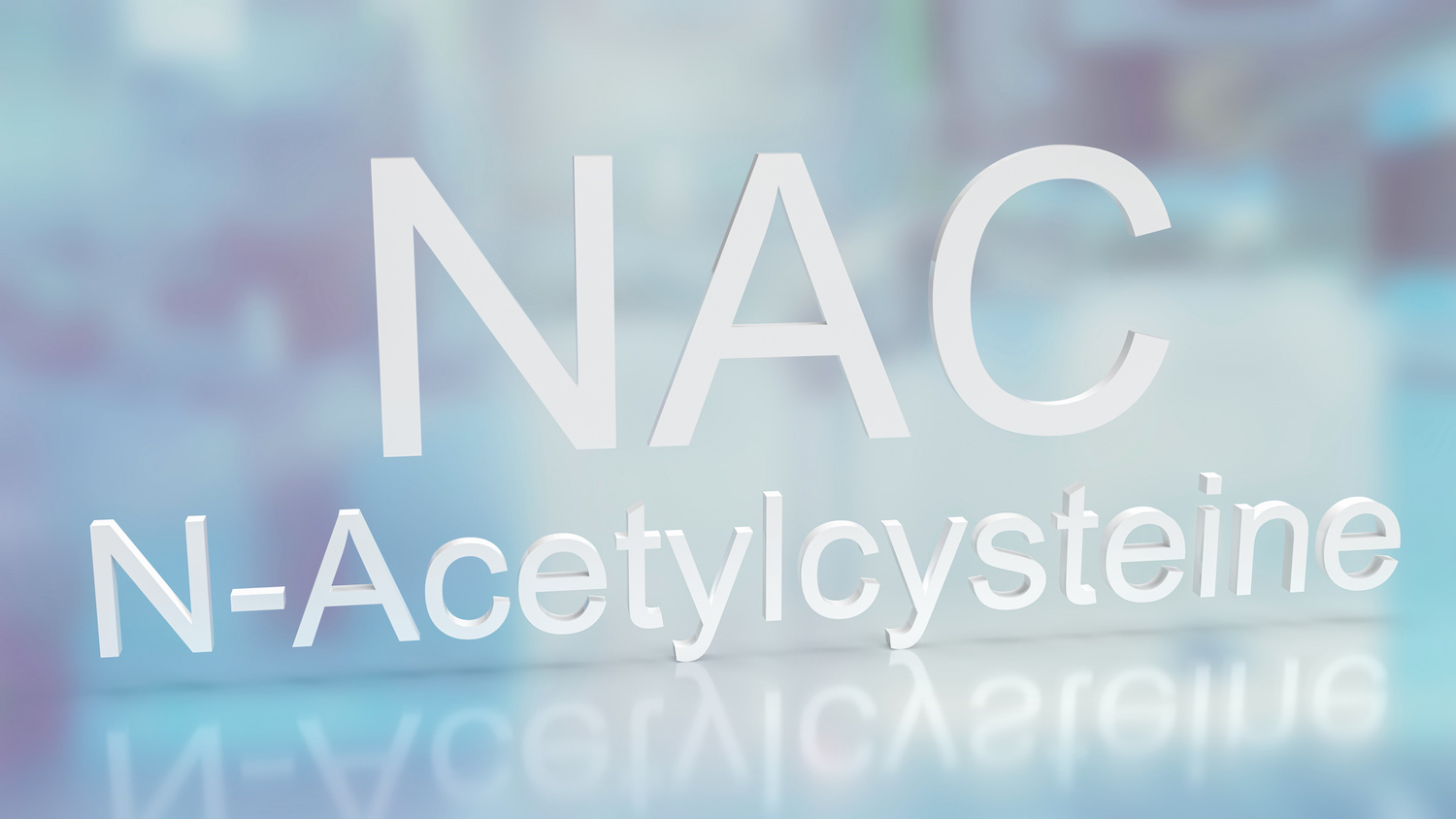


Recent investigations and the literature review suggest the potential role of deregulation of the sensitive-cysteine proteome as a convergent pathogenic mechanism that may contribute to this complexity, opening new therapeutic opportunities.īackground: N-acetyl-cysteine (NAC) has shown widespread utility in different psychiatric disorders, including a beneficial role in schizophrenic patients. In the last decade, genomic and proteomic studies have shown an increasing molecular complexity of sporadic PD, suggesting that a broad spectrum of biochemical pathways underlie its progression. Environmental toxic substances and the individual genetic susceptibility play a role in sporadic cases, but despite significant efforts to treat and prevent the disease, the pathophysiological mechanisms leading to its onset and progress are not fully understood. The majority of PD cases are sporadic, and only 5% of patients are associated with mutations in a few genes, which cause the early onset or familial PD. Parkinson’s disease (PD) is a prevalent age-related neurodegenerative disorder that results in the progressive impairment of motor and cognitive functions. In this context, the role of N-acetylcysteine to prevent and restore cysteinet deregulation in AD development and progression is discussed. The present paper proposes that cysteinet is impaired in Alzheimer’s disease resulting in a functional and structural deregulation of the matrix of interconnected cysteine-containing proteins that result in misfolding, aggregation and accumulation of specific toxic proteins. Can these cellular dysfunctions be linked by a common pathogenic mechanism susceptible to therapy with the natural compound N-acetylcysteine? A cellular cysteine network (CYSTEINET) has been proposed as a functional and structural matrix of interconnected sensitive cysteine-containing proteins (SCCPs) that in conjunction with reactive species and the cysteine/glutathione cycles can regulate the bioenergetic metabolism, the redox homeostasis, and the cellular survival through different pathways that bear the same regulatory thiol radical. Alternatively, it has been proposed that reactive species can cause oxidative damage including mitochondrial disruption, contributing to AD initiation and progression. Most therapeutic approaches, including immunotherapy, are based on the concept that the accumulation of these proteins produces neuronal damage and death. The pathological hallmarks of AD brains are Aβ plaques and intra-neuronal tau-containing neurofibrillary tangles, Alzheimer's disease (AD) is the most devastating age-related dementia, which has no effective treatment.


 0 kommentar(er)
0 kommentar(er)
